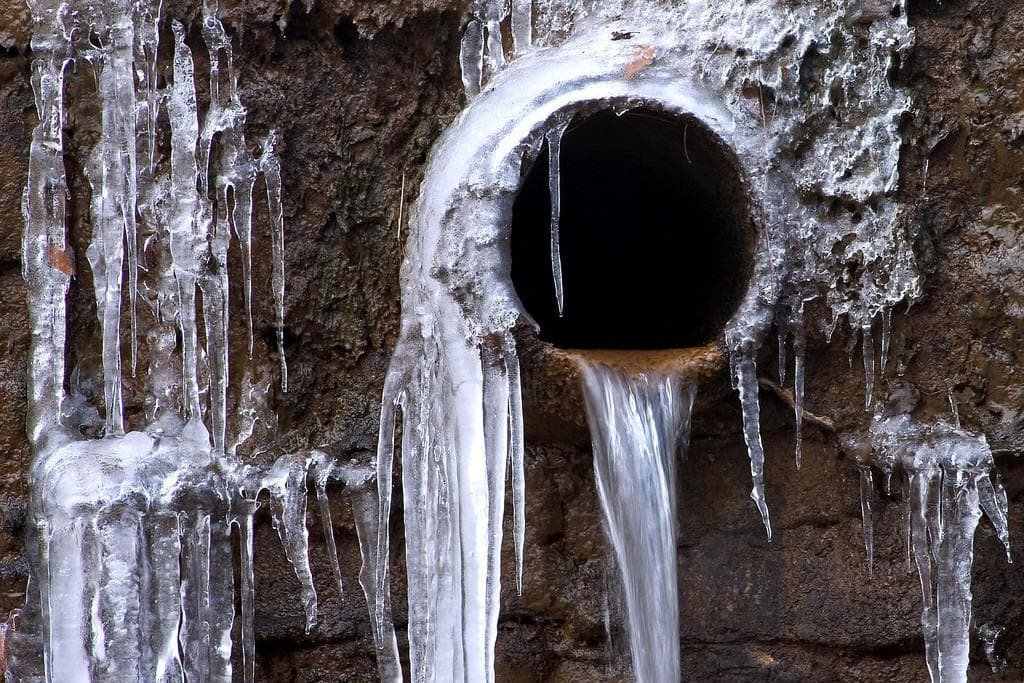Nearly everybody seems to have their private rationale on the subject of How To Avoid Freezing Pipes.

Cold weather can ruin your plumbing, specifically by freezing pipes. Right here's exactly how to stop it from taking place and what to do if it does.
Introduction
As temperature levels decline, the danger of icy pipelines boosts, potentially causing costly fixings and water damage. Comprehending how to avoid frozen pipes is important for property owners in chilly climates.
Prevention Tips
Insulating vulnerable pipes
Wrap pipes in insulation sleeves or make use of heat tape to shield them from freezing temperature levels. Concentrate on pipelines in unheated or outside locations of the home.
Heating techniques
Maintain interior rooms appropriately warmed, particularly areas with pipes. Open cabinet doors to allow warm air to distribute around pipelines under sinks.
Just how to recognize frozen pipes
Look for reduced water flow from faucets, uncommon smells or noises from pipelines, and visible frost on exposed pipes.
Long-Term Solutions
Architectural adjustments
Consider rerouting pipes away from exterior wall surfaces or unheated locations. Include additional insulation to attic rooms, cellars, and crawl spaces.
Upgrading insulation
Invest in high-quality insulation for pipelines, attics, and walls. Appropriate insulation assists preserve regular temperatures and decreases the risk of frozen pipelines.
Securing Outdoor Pipes
Garden hoses and exterior taps
Disconnect and drain pipes garden hoses before winter season. Mount frost-proof spigots or cover exterior faucets with insulated caps.
Understanding Icy Pipes
What causes pipelines to ice up?
Pipes freeze when subjected to temperature levels listed below 32 ° F (0 ° C) for extended periods. As water inside the pipes freezes, it expands, taxing the pipeline walls and potentially causing them to break.
Risks and problems
Icy pipes can bring about water disruptions, home damages, and costly repair work. Burst pipes can flood homes and trigger comprehensive structural damage.
Indications of Frozen Water Lines
Identifying icy pipes early can stop them from rupturing.
What to Do If Your Pipelines Freeze
Immediate actions to take
If you think icy pipelines, maintain taps available to ease pressure as the ice thaws. Make use of a hairdryer or towels taken in warm water to thaw pipes gradually.
Conclusion
Avoiding frozen pipes needs positive measures and quick reactions. By recognizing the reasons, signs, and preventive measures, homeowners can secure their pipes throughout cold weather.
5 Ways to Prevent Frozen Pipes
Drain Outdoor Faucets and Disconnect Hoses
First, close the shut-off valve that controls the flow of water in the pipe to your outdoor faucet. Then, head outside to disconnect and drain your hose and open the outdoor faucet to allow the water to completely drain out of the line. Turn off the faucet when done. Finally, head back to the shut-off valve and drain the remaining water inside the pipe into a bucket or container. Additionally, if you have a home irrigation system, you should consider hiring an expert to clear the system of water each year.
Insulate Pipes
One of the best and most cost-effective methods for preventing frozen water pipes is to wrap your pipes with insulation. This is especially important for areas in your home that aren’t exposed to heat, such as an attic. We suggest using foam sleeves, which can typically be found at your local hardware store.
Keep Heat Running at 65
Your pipes are located inside your walls, and the temperature there is much colder than the rest of the house. To prevent your pipes from freezing, The Insurance Information Institute suggests that you keep your home heated to at least 65 degrees, even when traveling. You may want to invest in smart devices that can keep an eye on the temperature in your home while you’re away.
Leave Water Dripping
Moving water — even a small trickle — can prevent ice from forming inside your pipes. When freezing temps are imminent, start a drip of water from all faucets that serve exposed pipes. Leaving a few faucets running will also help relieve pressure inside the pipes and help prevent a rupture if the water inside freezes.
Open Cupboard Doors
Warm your kitchen and bathroom pipes by opening cupboards and vanities. You should also leave your interior doors ajar to help warm air circulate evenly throughout your home.

Do you really like reading up on Winter Plumbing Precautions: Preventing Frozen Pipes? Give a remark further down. We would be pleased to find out your opinion about this blog. Hoping to see you back again later on. Do you know about someone else who is fascinated about Prevent Frozen Pipes ? Do not hesitate to promote it. We enjoy your readership.
Visit My Web Page